
| Recorded by: Dean Furbish on 2025-11-07
Wake Co.
Comment: | 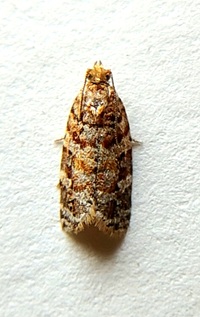
| Recorded by: Mark Basinger on 2025-10-04
Rowan Co.
Comment: |
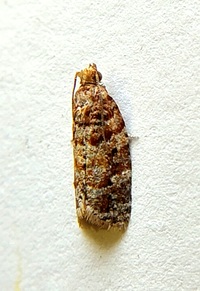
| Recorded by: Mark Basinger on 2025-10-04
Rowan Co.
Comment: | 
| Recorded by: Jim Petranka on 2025-09-24
Madison Co.
Comment: |

| Recorded by: Dean Furbish and Joy Wiggins on 2025-09-02
Wake Co.
Comment: | 
| Recorded by: Dean Furbish on 2025-08-25
Wake Co.
Comment: |
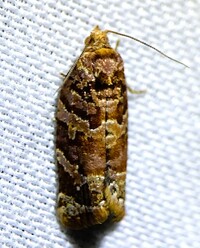
| Recorded by: Dean Furbish on 2025-07-03
Wake Co.
Comment: | 
| Recorded by: Jeff Niznik, David George, Larry Chen, Sarah Toner, Joye Zhou on 2025-06-20
Richmond Co.
Comment: |
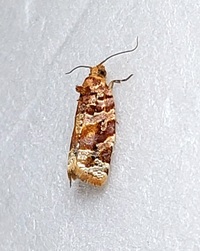
| Recorded by: Mark Basinger on 2025-05-06
Wilson Co.
Comment: | 
| Recorded by: Mark Basinger on 2025-05-03
Brunswick Co.
Comment: |

| Recorded by: Mark Basinger on 2025-05-03
Brunswick Co.
Comment: | 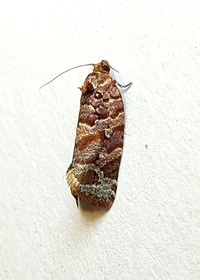
| Recorded by: Mark Basinger and Miles Buddy on 2025-04-26
Brunswick Co.
Comment: |

| Recorded by: Jim Petranka on 2025-04-22
Madison Co.
Comment: | 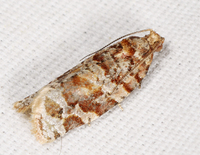
| Recorded by: John Petranka, Jim Petranka and Becky Elkin on 2025-04-14
Bladen Co.
Comment: |
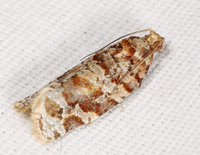
| Recorded by: John Petranka, Jim Petranka and Becky Elkin on 2025-04-14
Bladen Co.
Comment: | 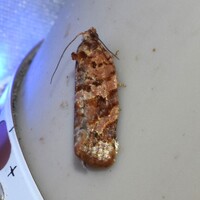
| Recorded by: David George, Jeff Niznik on 2025-04-05
Chatham Co.
Comment: |
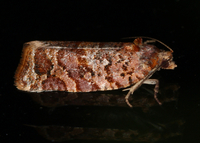
| Recorded by: Jim Petranka on 2025-04-02
Madison Co.
Comment: | 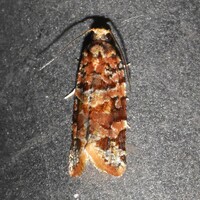
| Recorded by: Jeff Niznik, David George, Rich Teper on 2025-03-28
Chatham Co.
Comment: |

| Recorded by: Chuck Smith on 2025-03-28
Harnett Co.
Comment: | 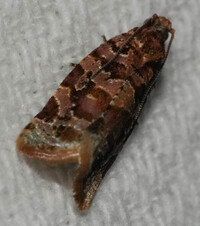
| Recorded by: Chuck Smith on 2025-03-27
Harnett Co.
Comment: |

| Recorded by: Mark Basinger on 2025-03-23
Brunswick Co.
Comment: | 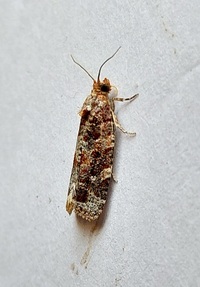
| Recorded by: Mark Basinger on 2025-03-23
Brunswick Co.
Comment: |

| Recorded by: Mark Basinger on 2025-03-15
Brunswick Co.
Comment: | 
| Recorded by: Mark Shields on 2025-03-13
Onslow Co.
Comment: |
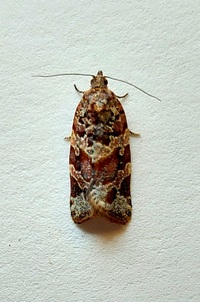
| Recorded by: Mark Basinger on 2025-03-13
Wilson Co.
Comment: | 
| Recorded by: Mark Basinger on 2025-03-13
Wilson Co.
Comment: |

| Recorded by: Jim Petranka on 2025-02-25
Madison Co.
Comment: | 
| Recorded by: Dean Furbish on 2025-02-07
Wake Co.
Comment: |
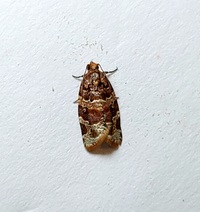
| Recorded by: Mark Basinger on 2024-11-03
Brunswick Co.
Comment: | 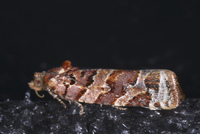
| Recorded by: John Petranka on 2024-10-22
Wayne Co.
Comment: |
|

 »
»





























